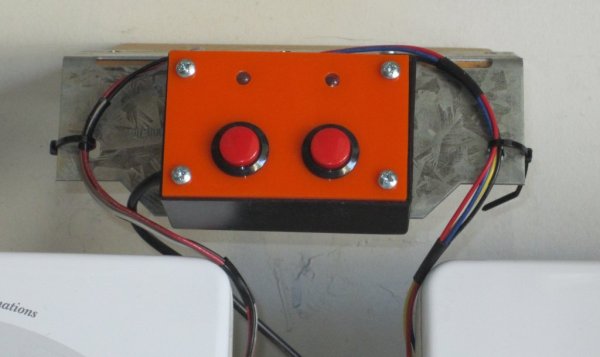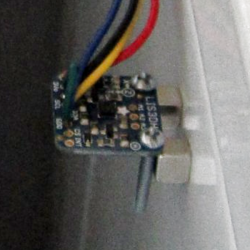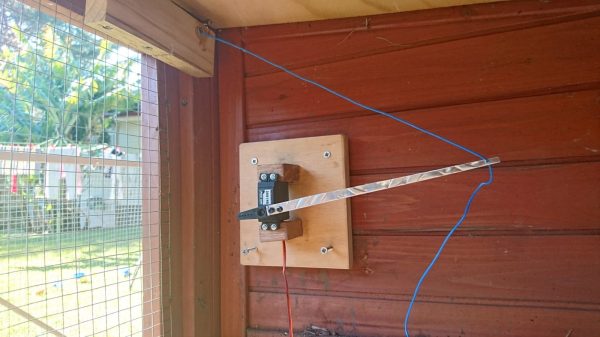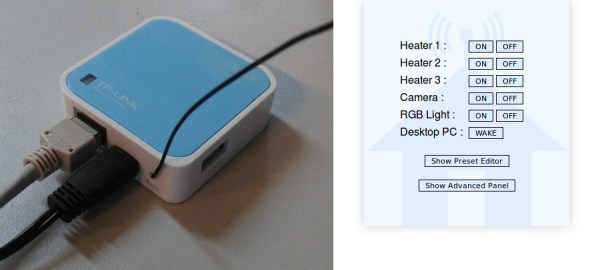For many parts of the world, the great raking has begun as deciduous trees in temperate zones drop their leaves. Of course not everyone can abide the simple yet laborious process of manual raking and so they look to technology. You can buy a handheld leaf vacuum, a pull-behind leaf sweeper, or a mower attachment that lifts leaves into hoppers. [Lou] has the latter, but it’s way too small for his taste so he super-sized his leaf collecting hardware.
The hard part of leaf collection has already been solved for [Lou]. The riding lawnmower lifts the leaves and propels them through an angled pipe into three hopper bags which we think total 9 bushels (roughly 80 gallons or 300 liters). That sounds like a lot, but anyone who has recently cleared leaves will attest that they will fill up in no time.
[Lou] builds a light-weigh 4-foot cube covered in deer netting to super-size his hopper to a whopping 51 bushels (475 gallons or 1800 liters)! His first attempt uses a pipe that falls too short to fill leaves to the top, but his final product adds longer ductwork and hits the mark perfectly.
Gardeners everywhere should be salivating right now. Leaf mulch is one of the best things you can put on your garden in the spring. Although [Lou] designed his hopper to be emptied by leaf-blower, adapting this to set the full hopper in an out-of-the-way space would help them breakdown over the winter — turning them into planter’s gold by springtime.
Continue reading “Super-Sizing Leaf Collection; Hackers Doing Yardwork”



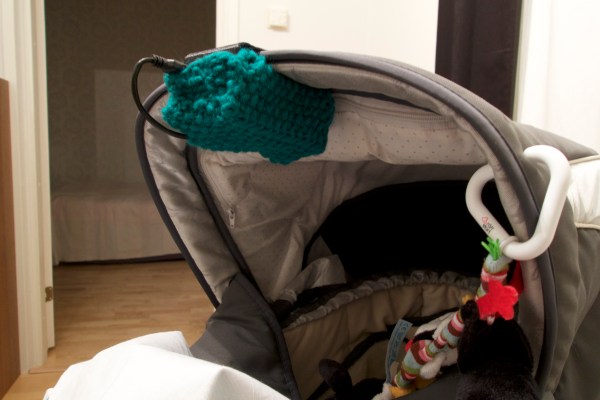
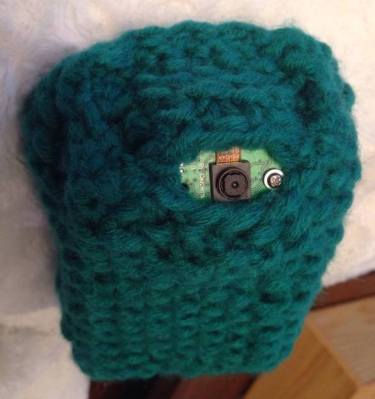 At least that’s how [Antibore] handled the situation, and the results are pretty good. He designed his build around an old Raspberry Pi 2 that was hanging around. That required a WiFi adapter, and since he wanted video and audio he needed a camera and mic. The first USB mic had a nice compact design but didn’t perform well, so a gutted gooseneck mic soldered right to the USB connector joined the design spec. A camera module, cell-phone quick charge battery bank, and a 3D printed case round out the BOM. A knitted cozy to keep it looking warm and fuzzy was provided by the mother-to-be — although we think it
At least that’s how [Antibore] handled the situation, and the results are pretty good. He designed his build around an old Raspberry Pi 2 that was hanging around. That required a WiFi adapter, and since he wanted video and audio he needed a camera and mic. The first USB mic had a nice compact design but didn’t perform well, so a gutted gooseneck mic soldered right to the USB connector joined the design spec. A camera module, cell-phone quick charge battery bank, and a 3D printed case round out the BOM. A knitted cozy to keep it looking warm and fuzzy was provided by the mother-to-be — although we think it 